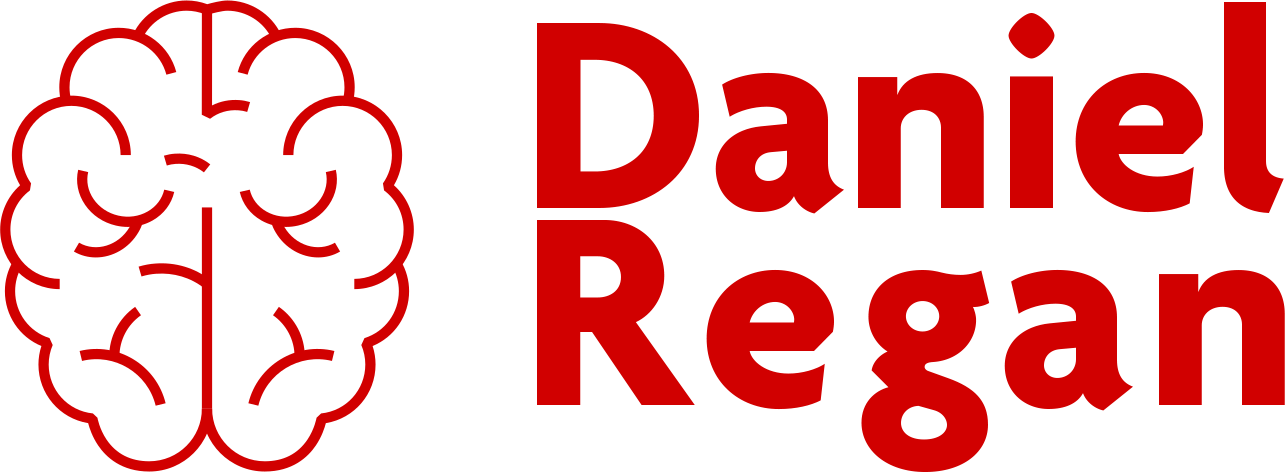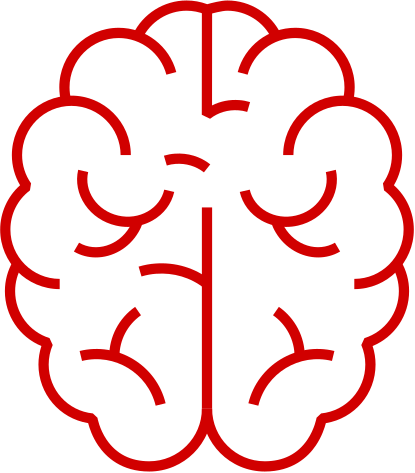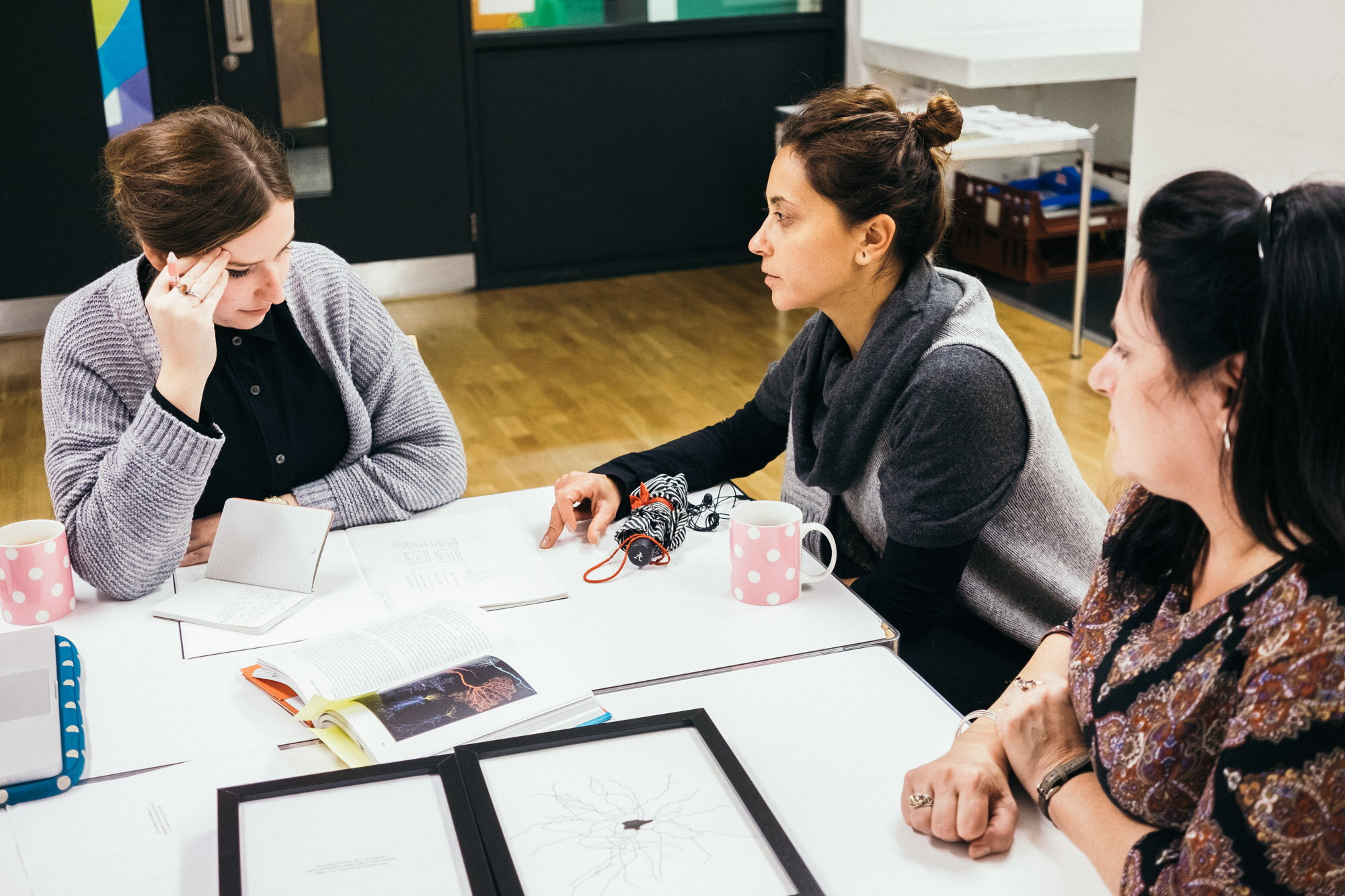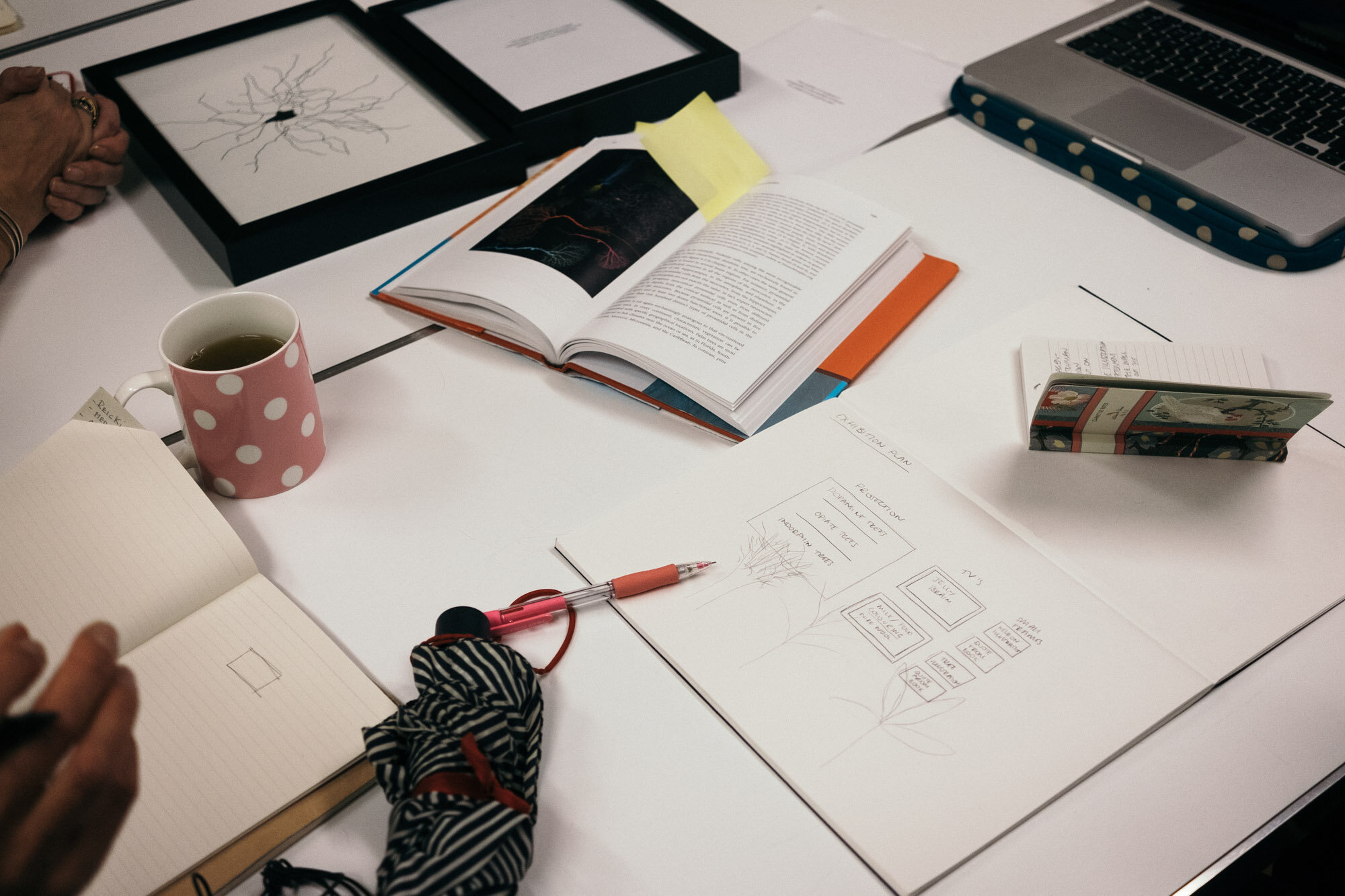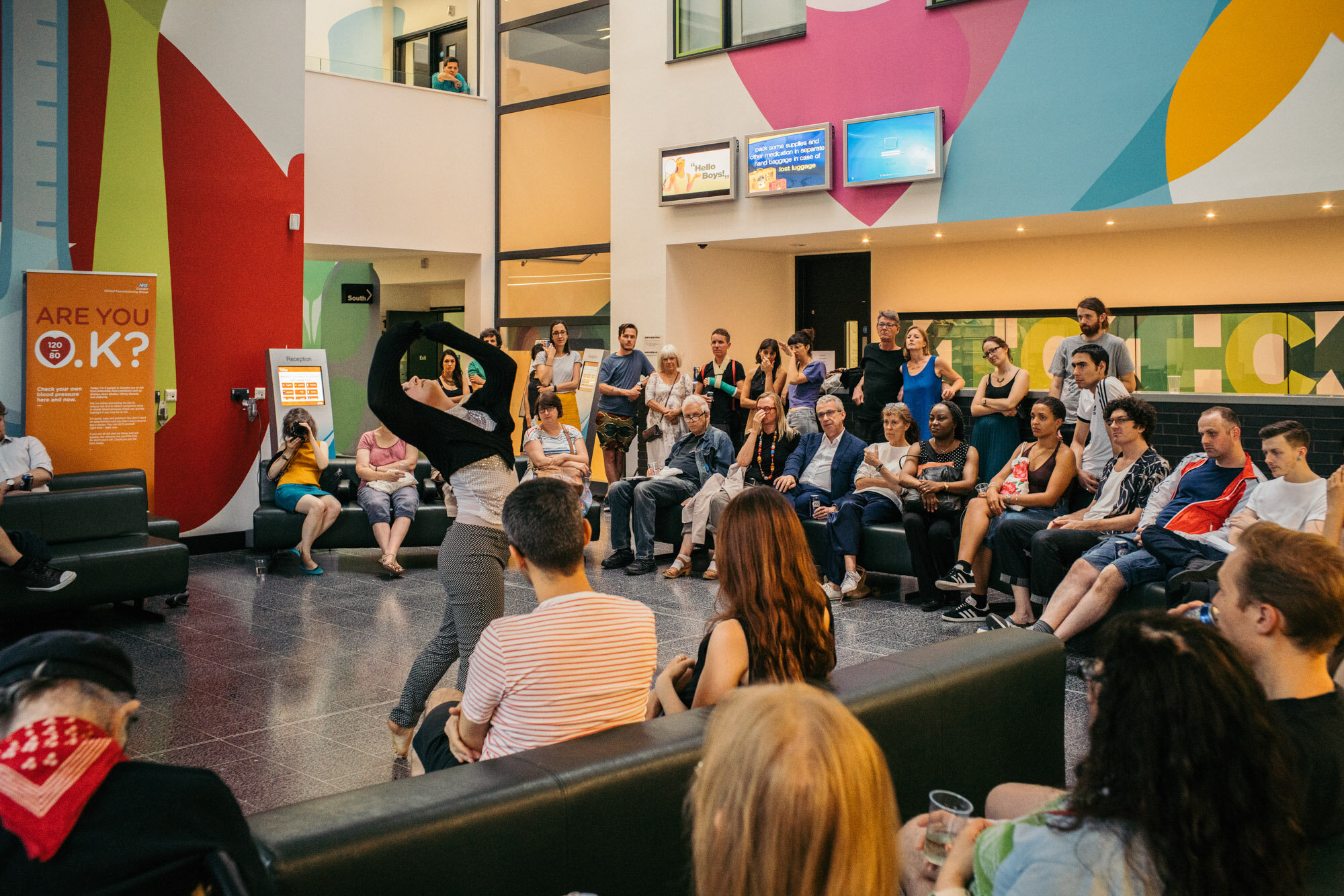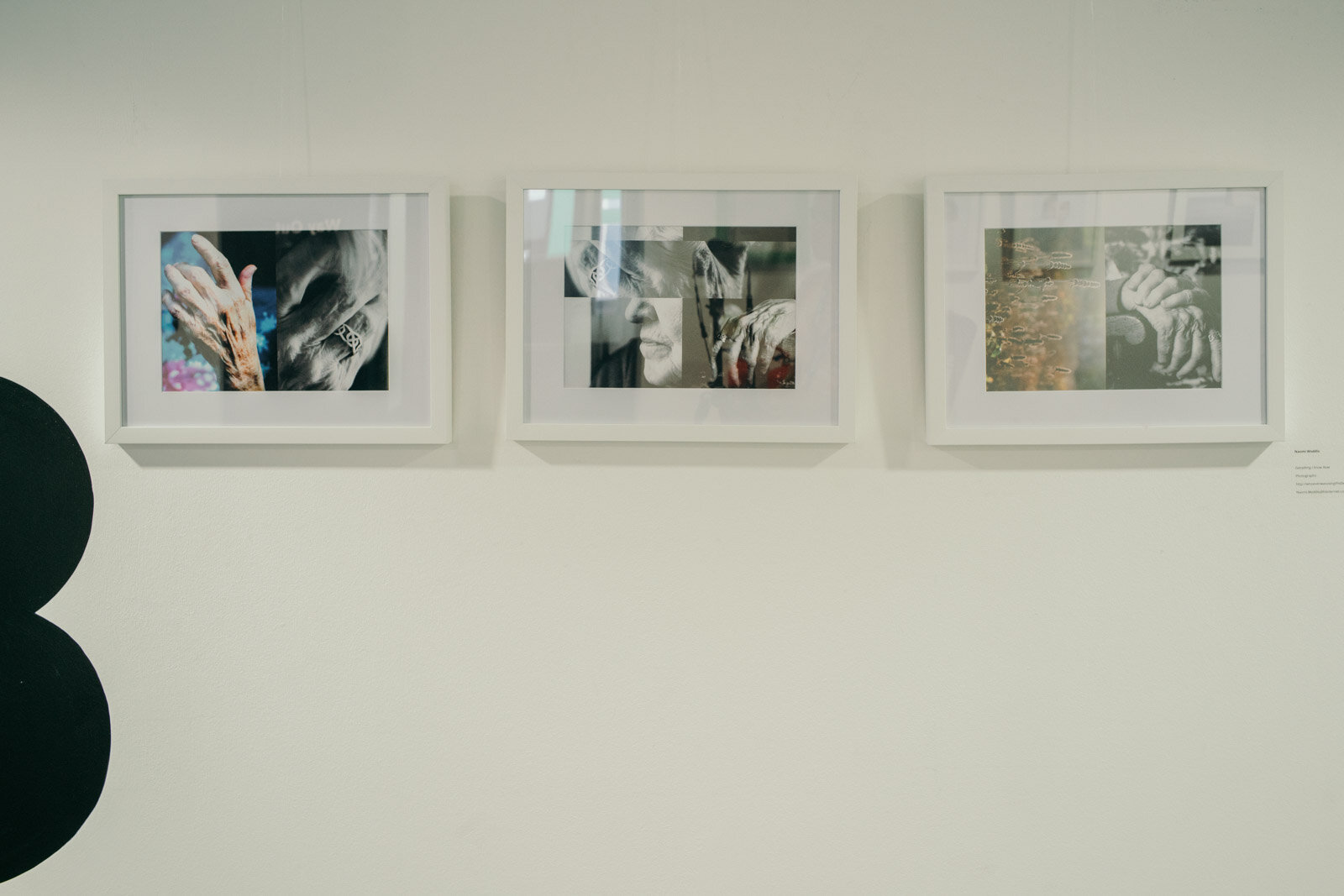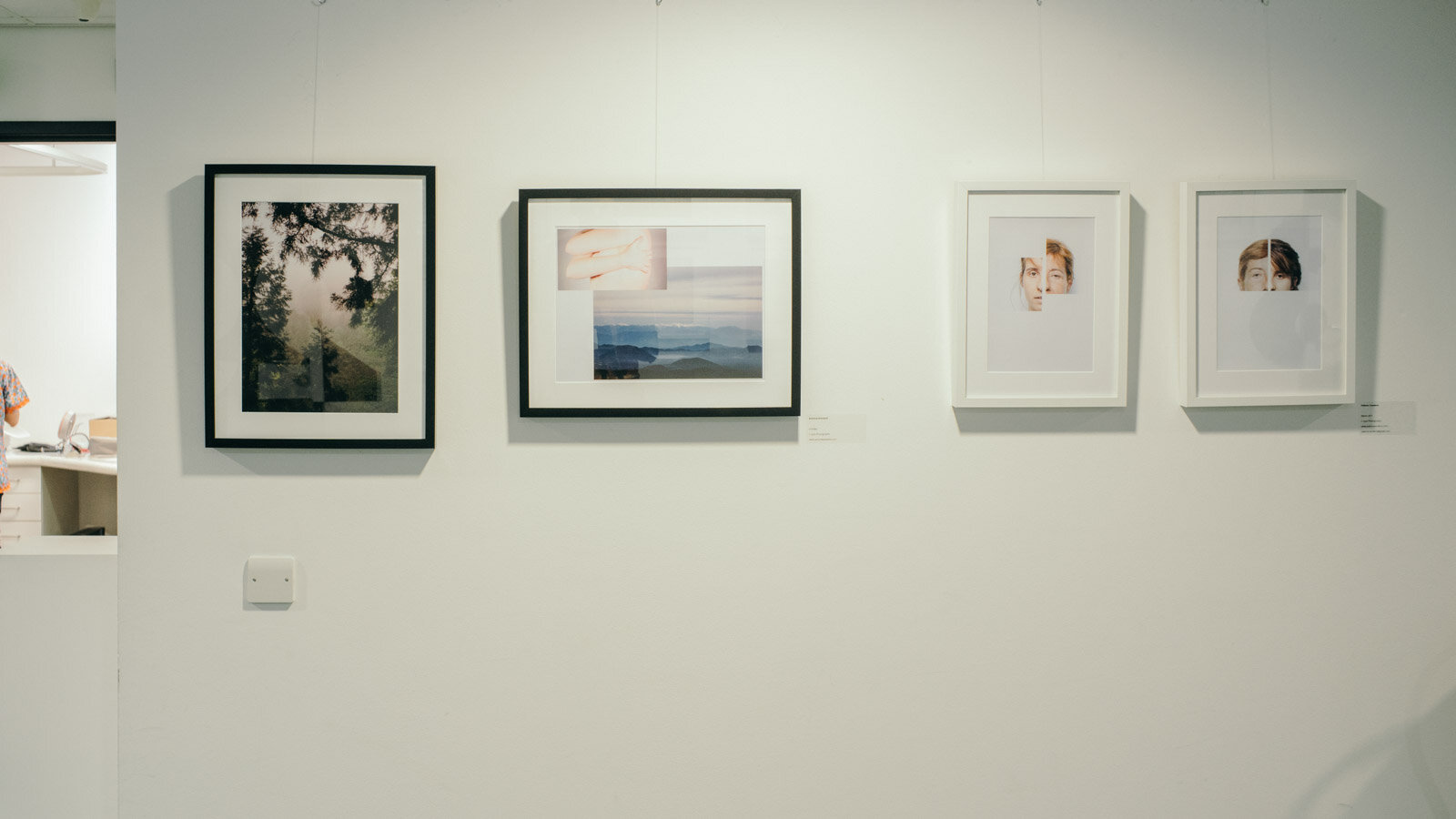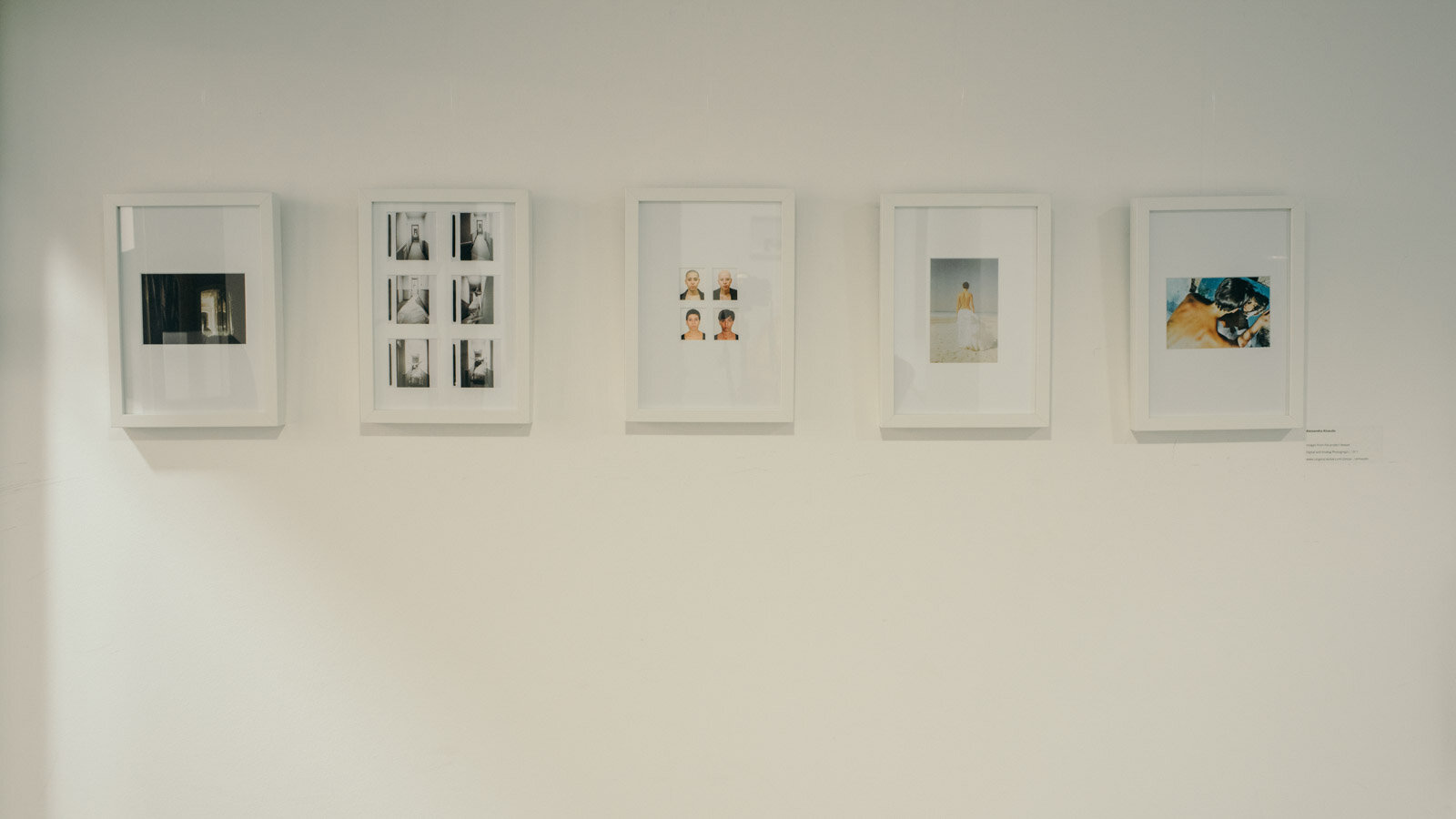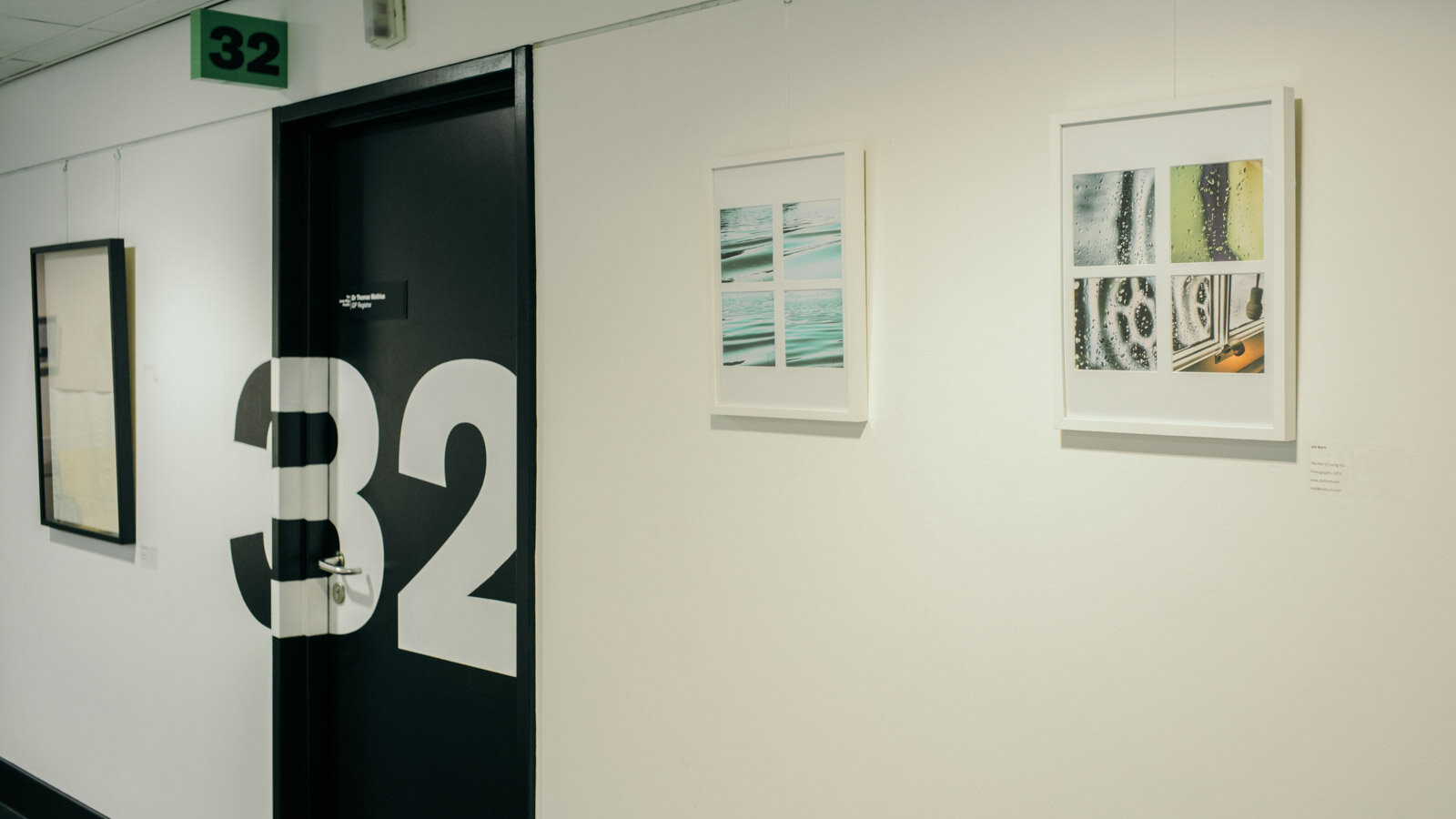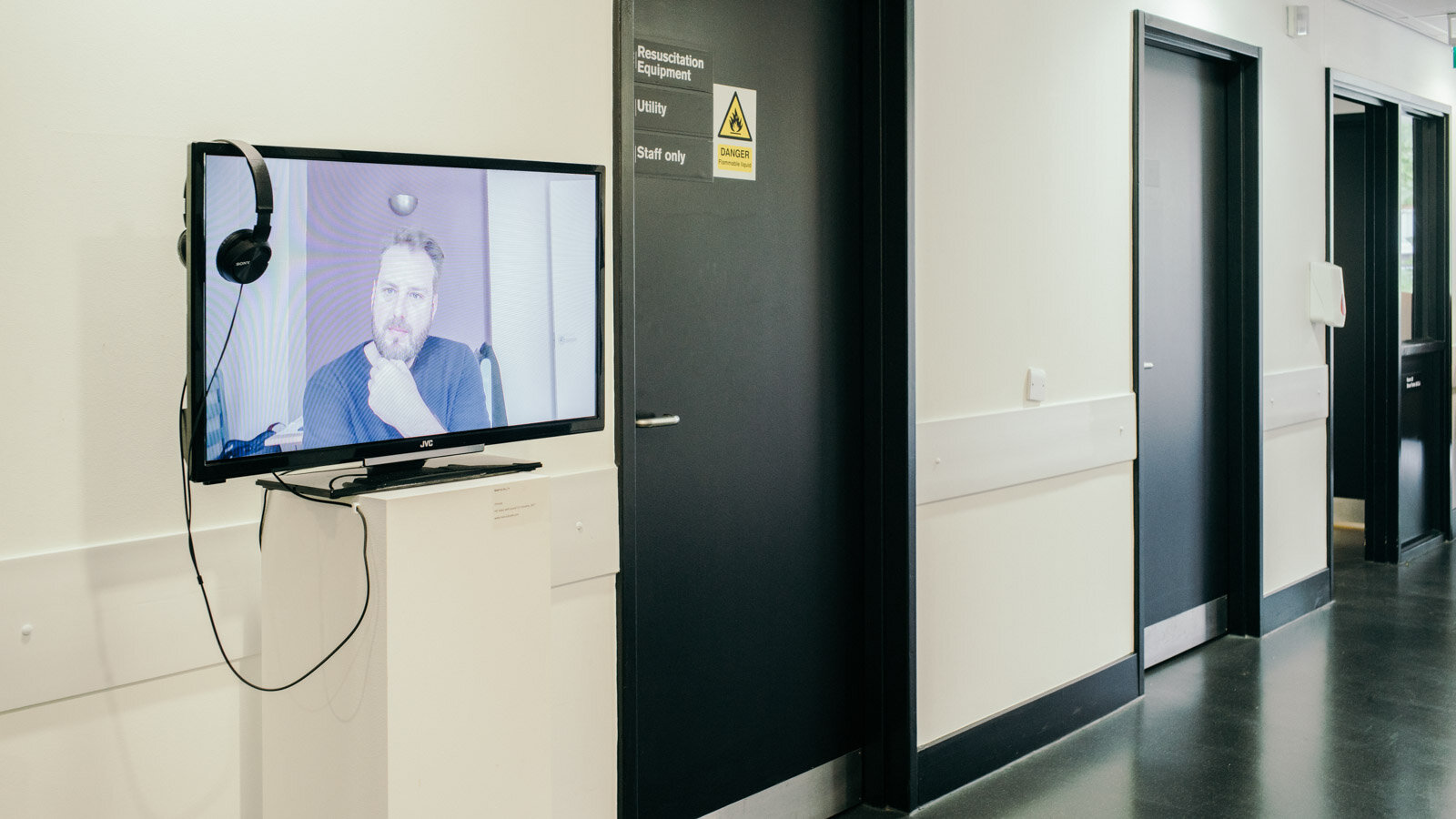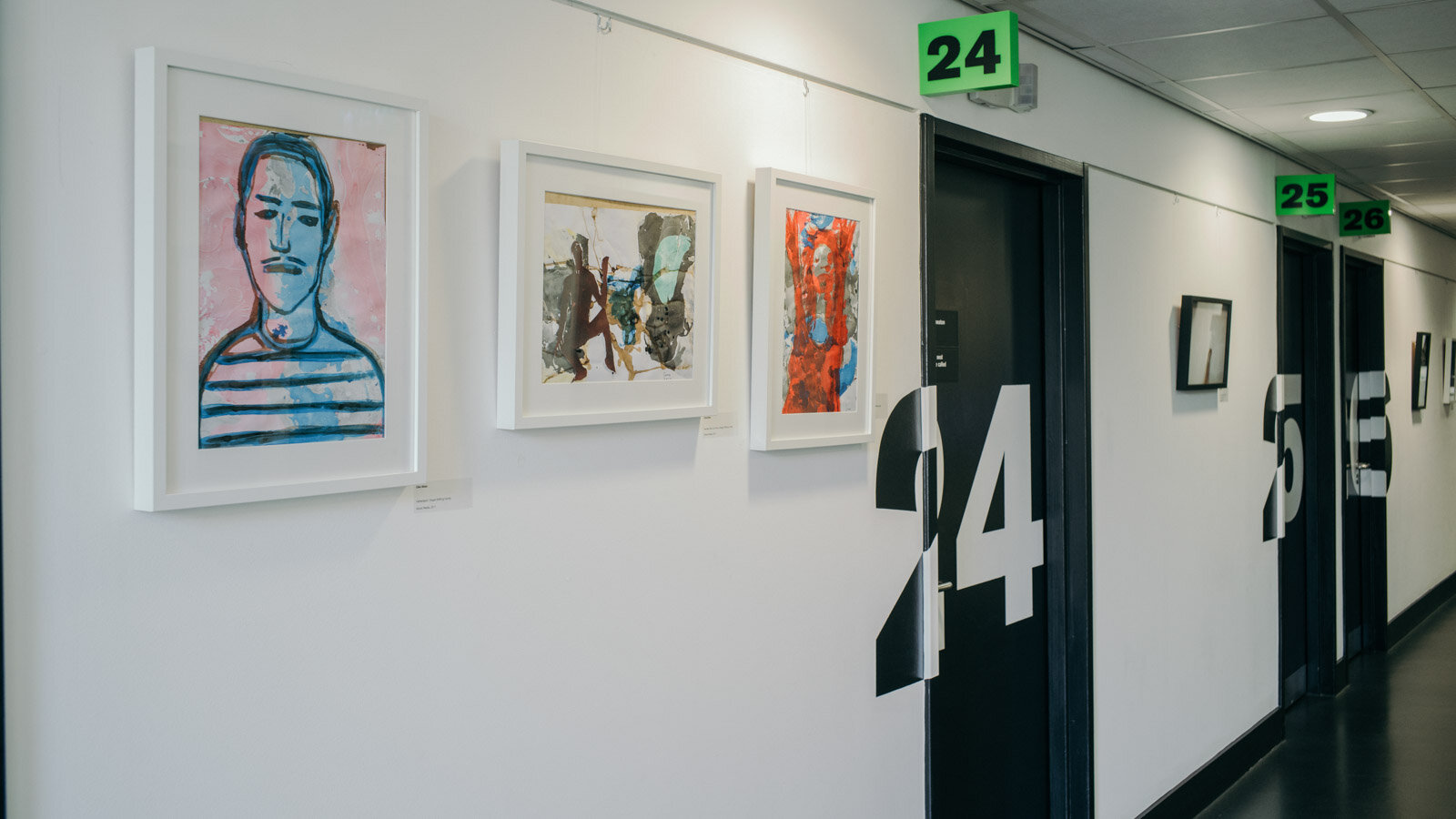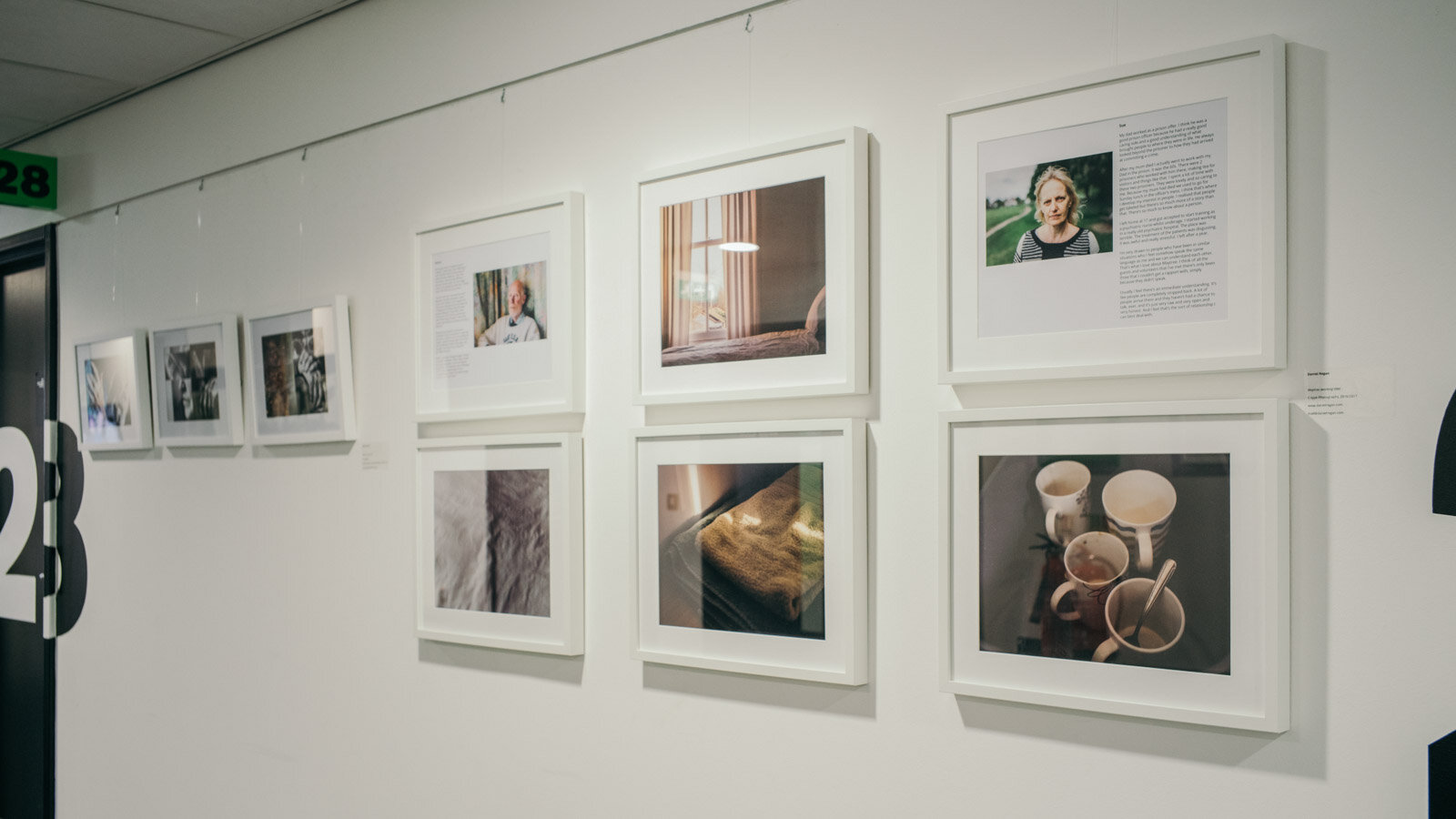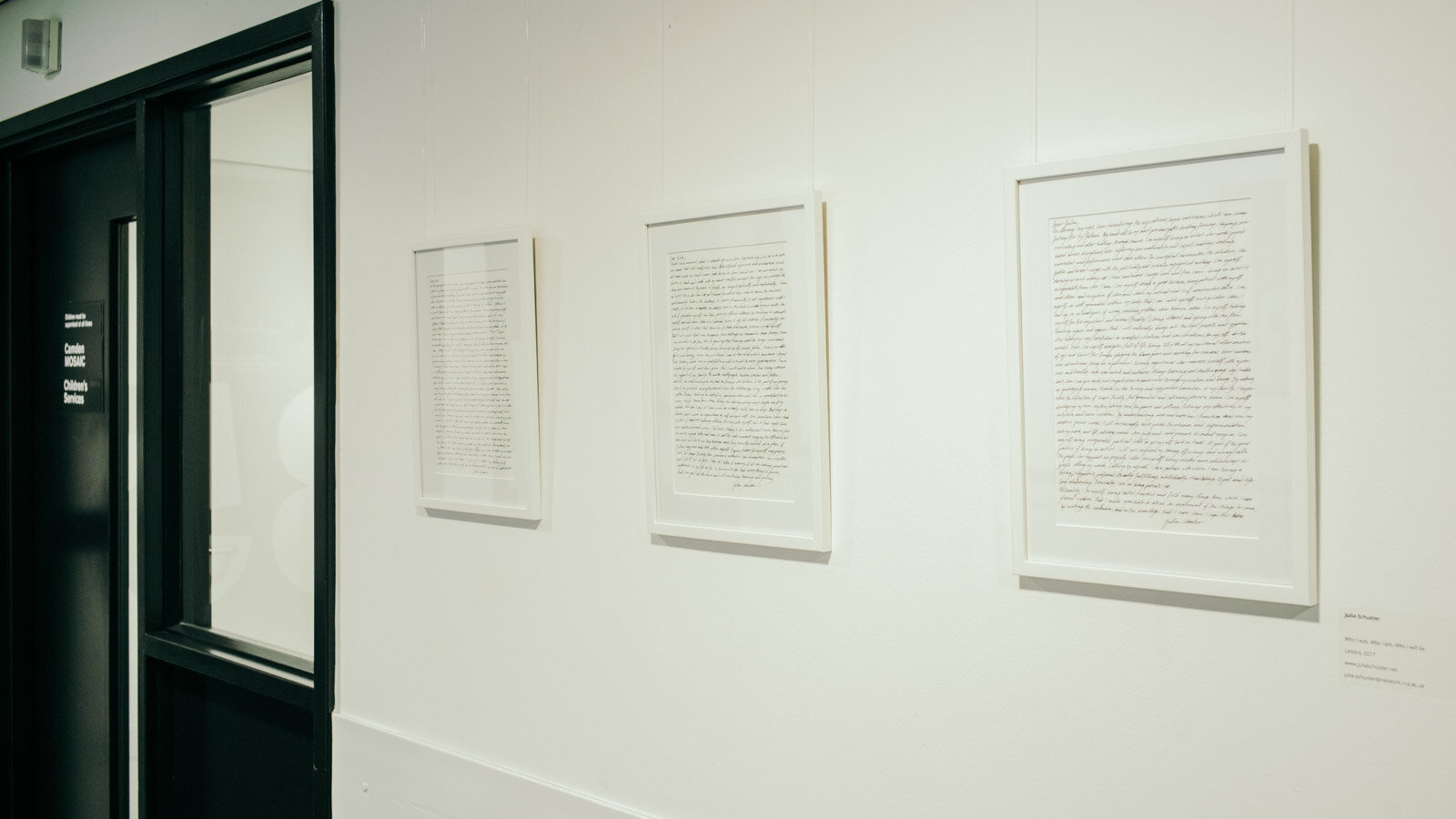The Power of Peer to Peer Support
This post covers:
my personal experience and difficulties sharing my own work;
how I started an artist peer group in 2015;
the factors that need to be considered in nurturing artists in a peer-to-peer group;
where the group is at now.
Personal Experience
Over the last four years I’ve run an enormous number of peer-to-peer events for artists working or interested in the arts and health field. It isn’t something that I particularly envisioned for myself because my own background as an artist in my youth was steeped in loneliness and fear of sharing my work. When I first discovered photography in the late 90s I would only share it anonymously online because it felt safe. When I went to university to study my Photography BA I was fearful of sharing my work because it was so deeply personal and I struggled with the idea of presenting work in a group. I was 18 years old, in the middle of a series of mental health breakdowns and making work about the experience of that. I struggled with the concept of sharing something so troubling with my peers and tutors because if I couldn’t make sense of it myself, I had little confidence that they would also be able to.
After I graduated I continued to make personal works about my health but often remained secretive about the real nature or catalysts for the works. When I returned to university in 2012 to complete my Masters I was desperate for a creative space that allowed me to share my experiments, my failures, my ideas and thought processes. I was hungry for a safe space that was open and supportive. I did find that sporadically along the way, but I was often aware of the nature of things being assessed or the element of competition in the room amongst my student peers. That feeling of being uncomfortable crept back in and when I finished my MA it felt like I returned to making work in a solitary environment.
During my MA I was also undergoing 18 months of intensive psychotherapy. The two periods of study, both academically and personally, seemed to go hand-in-hand and informed one another. When I finished I had a renewed set of confidence in myself and my work, given to me with the support of both my fantastic tutor (Wiebke Leister) and therapist (David). Combining both an arts and clinical approach to my own recovery was paramount. I was fortunate to be able to make work about my experience on my MA that fed directly into my therapy sessions. The combination of these approaches is something I relate to my experience of narrative psychology — enabling me to make sense of my experiences through artistic and verbal storytelling at university and in treatment. In short the more I understood my own story — how my past had affected my present and how my present affects my future — through the support of these people had a profound impact on my ability to grow.
Beginnings
When I finished my course I felt a real need to connect to other artists (particularly photographers) making work around mental health. I couldn’t find them amongst my course mates and decided to set up fragmentary.org, a website devoted to interviewing photographers about their work and how it relates to mental health. It seemed daunting at first but the artists that I contacted obliged and soon I had a large number of artists contacting me to share their works and stories. It now hosts around 70 interviews (and is on hiatus). Whilst it was great to have these connections I also wanted to meet with other artists making works around health. I had previously been running photography workshops at the Free Space Project for patients with mental health difficulties. I asked the then Director if I could have a room each month to have peer to peer groups for artists and she obliged.
I started letting some of those artists I’d interviewed know about my group in the hopes that they would actually turn up. In that first session I think there were just four of us bringing along works in progress that we could share. There was an instant connection and camaraderie that I hadn’t found before — perhaps because thematically our works all related: health, wellbeing, personal and lived experience. The session was relatively unstructured, other than the importance of making sure that everyone who wanted to could share their works or ideas for future projects. We chatted over tea with work laid out across the tables or digital images up on the screen. Having a space outside of the home (or even in a pub) made it feel different and important. It was time that we had carved out to share and support one another with the idea of moving forward.
Over the coming months word of mouth spread news about the group and other artists started getting in touch and asking if they could come along. It branched out from just photographers to people working in illustration, film, performance and more. We had a core group of artists that made it along to most sessions, whilst some artists — for various reasons, including fluctuating health conditions — popped in as and when they could, but were always welcome and supported. The group numbers started to grow and friendships developed. Sometimes that was based on the love of a particular medium, other times simply kindred spirits with likeminded personalities. People in the group bonded beyond the two-hour monthly meetings in which we shared and supported each other’s practice. We also started branching out into having social events (particularly around December) to simply hang out.
“I felt isolated as an artist working in this field and quite emotional at times in my work with vulnerable patients, especially without any formal supervision and the peer group has helped enormously through connecting me with other artists working in this area.”
Hub member
In 2017 we held our first group exhibition, Traces, at Free Space Project. It was an enormous feat wrangling 17 artists to exhibit at Kentish Town Health Centre, along with a dance performance in the atrium reception area. The exhibition brought together photographers, designers, painters, ceramicists, all connected through these simple monthly meetings that provide space for nurture, growth and learning, without judgement or competition.
Traces exhibition, Free Space Project (London), 2017
Over the past two years the group has gone through quite a lot of change. We’ve rebranded as the Arts & Health Hub and become more formalised, asking people to sign up to set slots to share works/ideas. We have guidelines for sharing (based on simple principles of kindness and self-awareness). We have a policy that you get out of the group what you put in — so no fly-by visitors that share and never return. Most importantly the focus remains that there is no hierarchy. No one person’s opinion is more important than the other. We support and learn from each other, no matter your experience, education or qualifications.
Present: Value & Reflections
January marks our 51st peer group since that first session in September 2015. From that tiny group of just four artists we’re now a network of over 300 artists across the UK (although primarily in London and the south east), working across a multitude of mediums, projects, job roles and interests.
“Attending the group has been a great experience all round. I have met new people who have knowledge to share and are open and supportive. The group has really helped me to build my confidence around speaking about my practice and it’s helped inspire me to commit to the ideas I have and make time to create work.”
Hub member
When I look back to those periods of insecurity in sharing my work, it’s clear that a peer-to-peer group like this would have been so beneficial to me and the work I was creating. I am not competitive. If I get a hint of competition I’m likely to walk away as it makes me feel deeply uncomfortable. It isn’t that competition is bad, it just isn’t for me. Yet I thrive on connection, support and sharing through vulnerability. In my opinion artists that create from a deeply personal place, particularly from lived experience, are different to others (commercial artists for example). We create from a place of deep vulnerability that can often breed insecurity and fear. It is terrifying to put yourself out there when the work you create is so delicately attached to the past and present, tied up in your identity and experience. Two of the questions I had when starting these groups were:
What does it take for artists to show up, be themselves and share their works and challenges with confidence?
How do we create that sense of safety and nurturing in a world that focuses so much on competition and success?
What I have learnt from facilitating those 51 groups is that creating from a place of vulnerability can also create the deepest of connections, if the environment and intentions of the group are right. I am not saying that we have had it right every time. We have had a very small number of frictions and conflicts that are inevitable when you bring a group of people together.
Firstly let’s look at environment. By first considering the simple factors of place we’ve created a site that encourages conversation and healthy discussion around health and wellbeing. Our sessions take place in a workshop room at Kentish Town Health Centre, a beautiful NHS building that champions social prescribing and holistic wellbeing. I expect the experience of the artists would be different if the setting was academic (a university) or social (a pub) because of the cultural associations with education and academia, class or complex issues around health and confidence (i.e sobriety & shyness).
Kentish Town Health Centre, London
Secondly setting the intentions of the group has been imperative. By acknowledging from the beginning that the group’s intentions are to connect, learn & share (our motto) it outlines the primary focus of:
supporting one another to continue to grow;
it being OK to ask questions in order to learn (there are no silly questions);
sharing resources — the more we share, the more we all benefit.
By acknowledging (repeatedly) that this is a safe space to share from a place of vulnerability — instead of bragging, which is my primary experience of the ‘art world’ — we allow people to participate in an activity that thrives on the strength of vulnerability. The foundations of support, encouragement and nourishment allow members to transform their often difficult and complex experiences into potential for growth and understanding, both individually and for the group.
“The peer group has helped me feel that there is a place for me and the approach I take in creating art. It is just what I needed… somewhere to share and reflect on art that stems from the very personal/sensitive area(s) of health and wellbeing.”
Hub member
What we’re doing at the Arts & Health Hub isn’t a secret. It isn’t a formula that I’ve developed and patented. It builds upon a number of factors that are key in peer to peer support across a number of sectors, including mental health.
Key elements of Peer Support in mental health include that it is built on shared personal experience and empathy, it focuses on an individual’s strengths not weaknesses, and works towards the individual’s wellbeing and recovery.
The benefits of Peer Support are wide ranging for those receiving the support, peer-support workers themselves, and for the mental health system as a whole. One of the key benefits of Peer Support is the greater perceived empathy and respect that peer supporters are seen to have for the individuals they support.
Peer Support also has benefits for peer support workers themselves, increasing levels of self-esteem, confidence and positive feelings that they are doing good. Peer-support workers often experience an increase in their own ability to cope mental health problems.
It isn’t only the Hub members that benefited from these monthly peer groups, but the benefit it has given to myself is extraordinary. Each session validates to me that the field that I work in is right for me. I’m exposed to a huge number of fantastic people, projects and approaches to arts and health. I’ve made new friends, contacts and opportunities for my own practice and career. I’ve also been able to provide opportunities for artists — exhibitions, workshops, training — something that I absolutely love to do. The Hub serves as a reminder to me that you don’t have to compete with others or hide from your experiences. Sometimes your experiences are your greatest assets.
The Future
2020 is an exciting year for the Hub. With our Arts Council funding I’ll be able to expand beyond our monthly peer groups to include professional development workshops, conferences on arts & health (from the viewpoint of the artist). We’ve also expanded to provide an online community, allowing those outside of London (or who can’t make events) to connect to other artists and access our resources.
I’m excited to see how the Hub develops and really keen to develop partnerships with regional individuals and organisations that could support the expansion of this ethos and framework into other areas of the UK. If you are interested then do get in touch.
